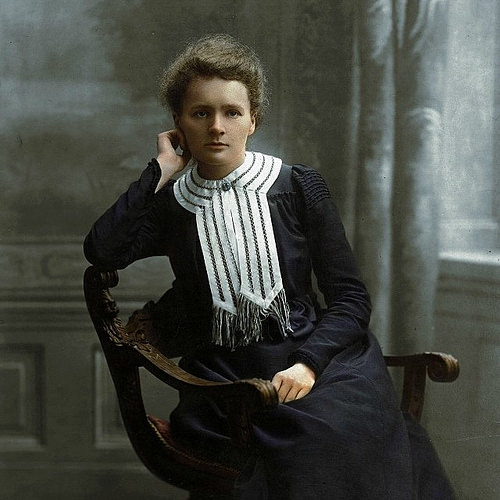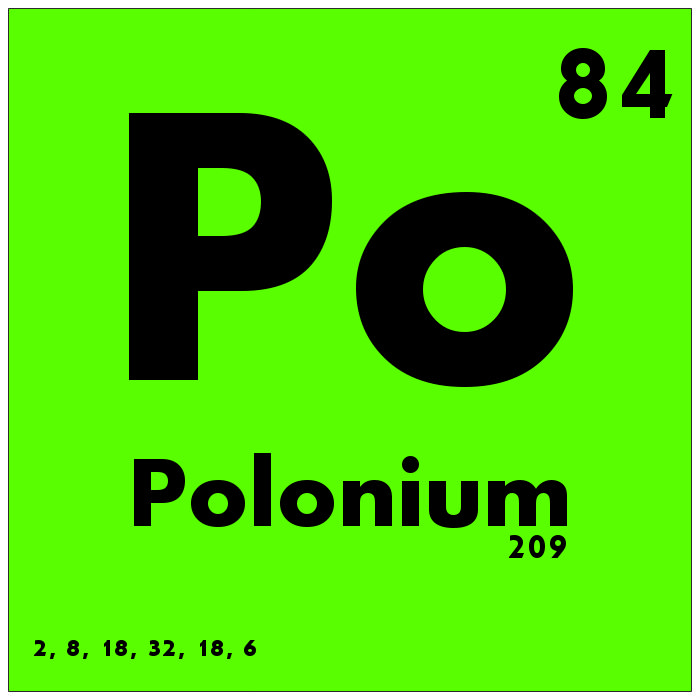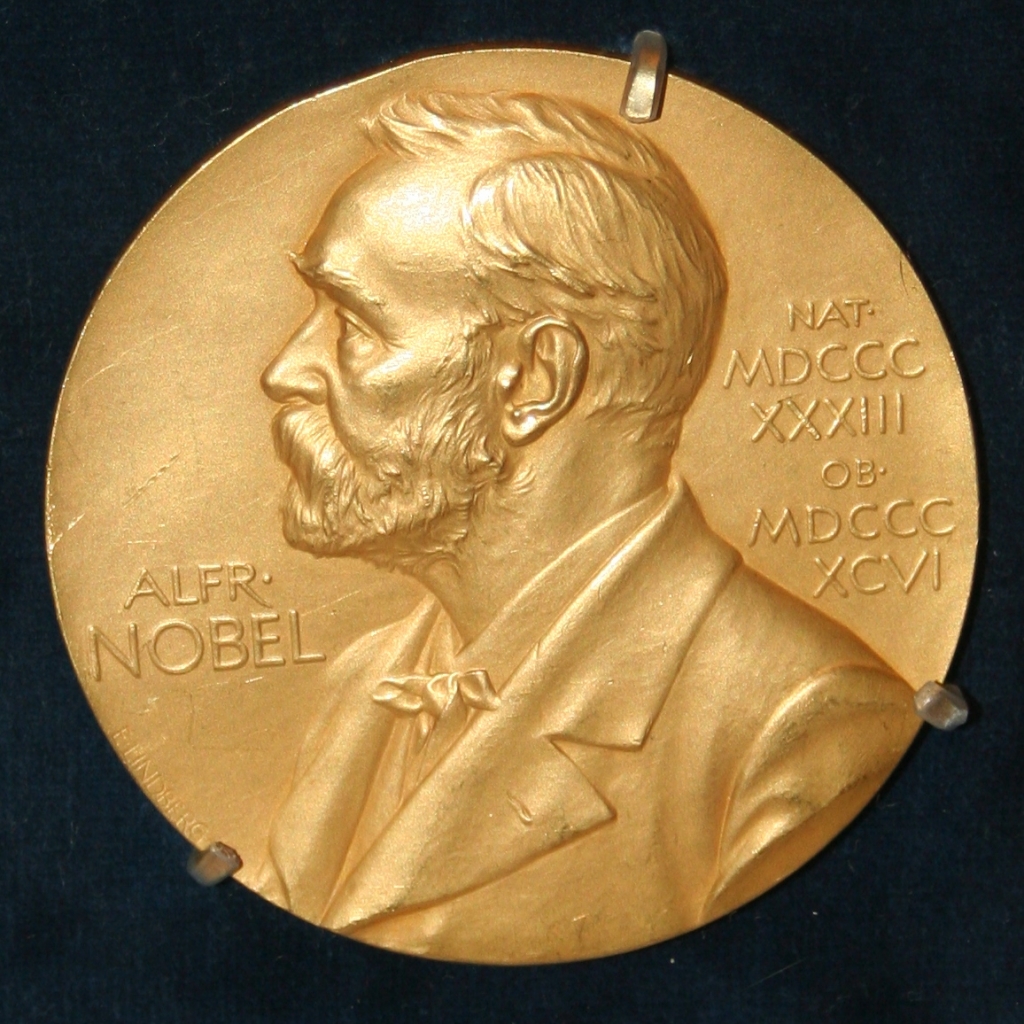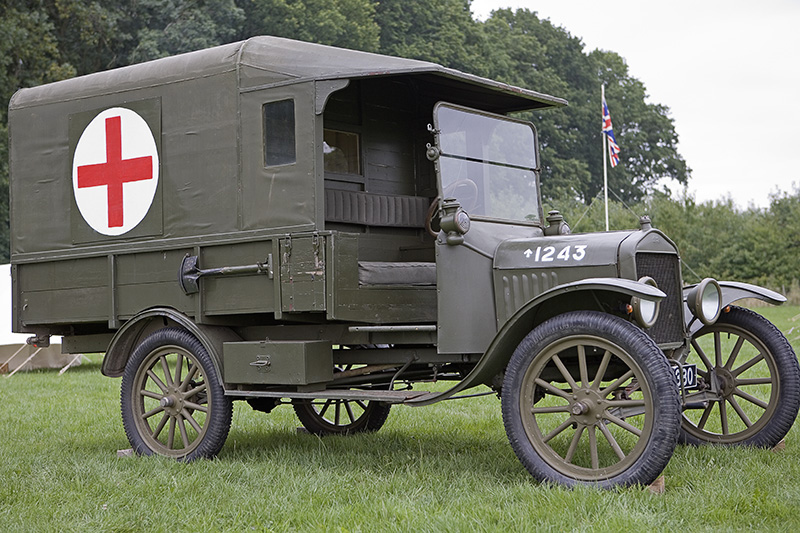Marie Curie Biography
Marie Sklodowska, later called Marie Curie, was born in Warsaw, Poland in 1867. Both of her parents were teachers, and they didn’t have very much money when she was growing up.
But Marie was very smart, and she wanted to study science from an early age. Let’s explore some fun facts about her!
Marie Curie started out as a teacher, but she loved reading about science and was hoping to save enough money to go to university.
When she was 24, she and her sister had saved enough money to move to Paris, which allowed her to enroll in Sorbonne University.
She began studying mathematics and physics, and worked with a lot of other famous scientists at the university. At age 28, she married Pierre Curie, a professor in the Sorbonne physics department.
Scientific Discovery
Marie and Pierre Curie started working on their scientific research together in the School of Chemistry and Physics in Paris.
They studied invisible rays that could come from the element uranium, and saw that the rays could pass through solid materials.
Later, Marie Curie called these invisible rays “radioactivity.”
She and Pierre realized in their research that there might be an element other than uranium that had even stronger radioactivity, so they decided to keep looking for it.
Eventually, this search found something amazing. Marie and Pierre Curie discovered a brand new element that had never been found before.
She called it Polonium, named after her home country Poland.
Then, the discovery of Polonium helped them also find a second brand new element, which they called Radium.
The discovery of both of these new elements earned Marie and Pierre Curie the 1903 Nobel Prize in physics.
Impact
This Nobel Prize was a big deal because Marie Curie had just become the very first female Nobel Prize winner. Also in that same year, Marie Curie officially earned her Doctorate in physics.
Sadly, Pierre passed away three years later, and Marie Curie continued his teaching career, making her the first female professor at Sorbonne University at age 39.
At age 44, she earned her second Nobel Prize in 1911, this time in the field of chemistry, making her the first (and still only) woman to win a Nobel Prize in two different fields.
Scientific work by Marie and Pierre Curie was a huge help for modern science and medicine.
Because of them, x-rays became available for use in diagnosing and treating medical problems, including everything from broken bones to cancer.
Amazingly, Marie Curie herself helped with medical aid during World War One; she made sure that ambulances contained the necessary x-rays, even driving them to the battlefields herself.
These acts earned her the place as head of radiology for the International Red Cross.
Later Years
She became so famous for her amazing work that she was invited to go on tours around the world to talk about her scientific discoveries.
Her work became the basis of many other important scientific discoveries later on, as well.
Marie Curie passed away in July 1934 from leukemia, an unfortunate side effect of her continued radiation exposure.

She is buried in the Pantheon, a mausoleum in Paris reserved for highly respected citizens. She was the first woman to earn this honor.




